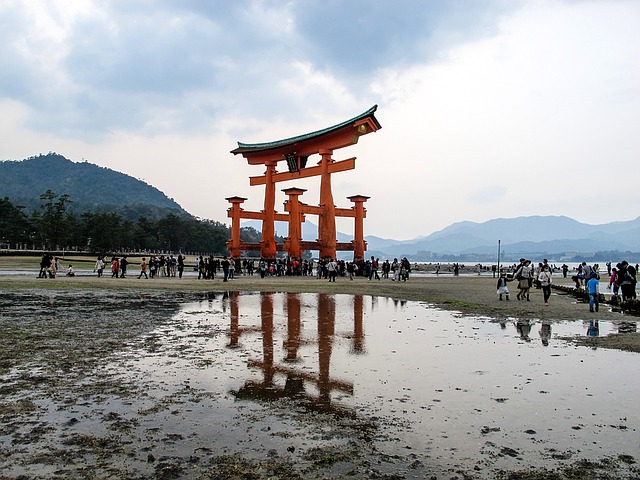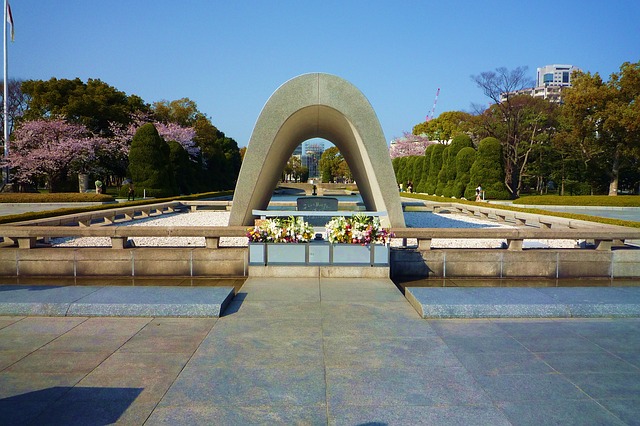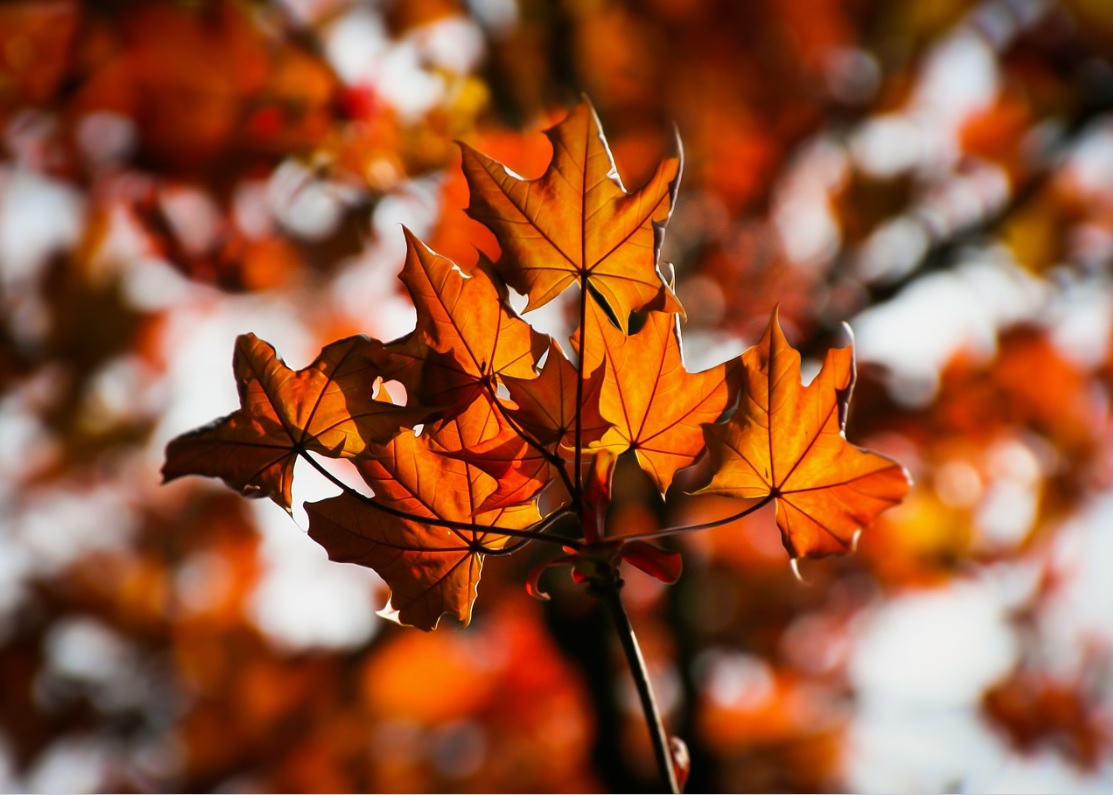
Contents
Contents
1.What is Shukkeien?
2.What is Japanese traditional garden like?
3.Summary
We have a nice garden in Hiroshima. I will introduce you about that garden.
1.What is Shukkeien ?
Shukkeien’s name can be translated into English as “shrunken-scenery garden”, which is also a good description of the garden itself.Valleys, mountains, and forests are represented in miniature in the garden’s landscapes.
Through careful cultivation of the land and vegetation, the garden mimics a variety of natural formations and scenic views.
Shukkeien has a long history dating back to 1620, just after the completion of Hiroshima Castle.
The garden displays many features of the traditional aesthetics of Japanese gardens.
Around the garden’s main pond there are a number of tea houses which offer visitors ideal views of the surrounding scenery.

2.What is Japanese traditional garden?
Japanese gardens utilize elements such as ponds, streams, islands and hills to create miniature reproductions of natural scenery.The following are some of the most commonly employed elements.
Stones, Gravel and Sand
Since ancient times, stones have played an important role in Japanese culture.In Shinto, prominent large stones are worshiped as kami, while gravel was used to designate sacred grounds.
In today’s gardens, large stones symbolize mountains and hills, set decorative accents and serve as the building material for bridges and pathways.
Smaller rocks and gravel are used to line ponds and streams.
Ponds, Streams and Waterfalls
Ponds are a central element of most gardens and often represent real or mythical lakes or seas.Sometimes they provide a habitat for carps which introduce additional color and life to the garden.
Islands and Bridges
Islands are another long standing component of Japanese gardens, and range in size from single stone outcroppings to large islands big enough to support buildings. They often represent real islands or have religious symbolism, such as those built to resemble turtles and cranes, symbols of longevity and health.Vegetation
Trees, shrubs, lawns and flowers of all kinds are used in Japanese gardens. Plants, such as maple and cherry trees, are often chosen for their seasonal appeal and are expertly placed to emphasize these characteristics. Conversely, pine trees, bamboo and plum trees are held in particular esteem for their beauty during the winter months when other plants go dormant. Mosses are also used extensively, with over a hundred species appearing at Kokedera alone.Hills
Larger gardens, especially the strolling gardens of the Edo Period, make use of large man made hills.Lanterns
Lanterns come in a variety of shapes and sizes and have been a common element of Japanese garden design throughout history.Water Basins
Many gardens contain stone water basins , which are used for ritual cleansing, especially ahead of tea ceremonies.
3. Summary

Shukkeien’s name can be translated into English as “shrunken-scenery garden”, which is also a good description of the garden itself.
Valleys, mountains, and forests are represented in miniature in the garden’s landscapes.
Japanese gardens utilize elements such as ponds, streams, islands and hills to create miniature reproductions of natural scenery.



















